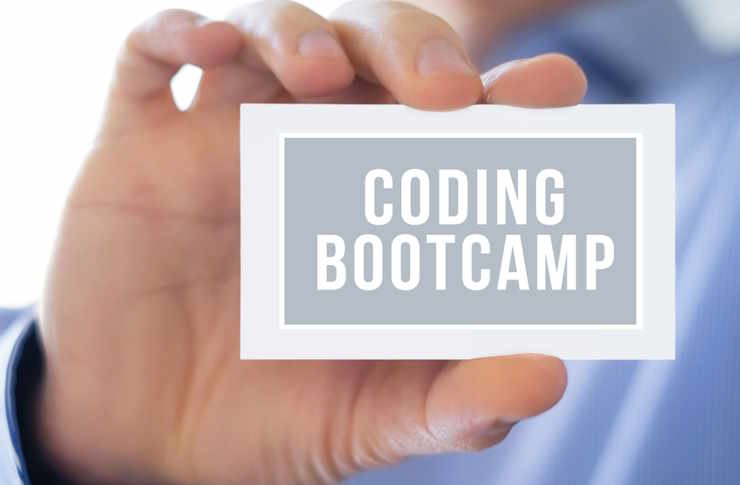Using microcredentials to validate emerging skills
Microcredentials offer a focused, verifiable way to demonstrate new or niche skills that traditional diplomas may not capture. They can help professionals, freelancers, and career changers document upskilling, improve personal branding, and make resumes and portfolios more searchable by employers. This article explains what microcredentials are, how to map them to career goals, and how to present them in interviews and gigwork contexts.

What are microcredentials and how do they validate skills?
Microcredentials are short, focused credentials that certify competency in a specific skill or set of skills rather than a broad degree. They often come as digital badges, certificates, or portfolio-verified projects issued by universities, industry bodies, or online platforms. Because they target discrete capabilities — for example, data visualization, cloud fundamentals, or UX research — microcredentials can validate emerging skills more quickly than multi-year programs. When aligned with skill mapping and documented in a portfolio, they make capabilities easier for hiring managers and freelance clients to assess, supporting employability in fast-changing fields.
How do microcredentials fit into skillmapping and upskilling?
Skillmapping is the process of matching current skills to role requirements and identifying gaps. Microcredentials work well as tactical building blocks in that workflow: they let learners close targeted gaps without committing to large programs. For example, someone planning a careerchange into data roles might map required skills (SQL, Python, data cleaning) and pursue microcredentials for each area. This modular approach supports continuous upskilling and can be combined with mentorship or project-based learning to reinforce practical application. Employers increasingly look for demonstrable, recent learning, and microcredentials provide timestamped evidence of that progress.
How to showcase microcredentials on a resume or portfolio
When adding microcredentials to a resume, prioritize relevance and clarity. List the credential title, issuing organization, date earned, and one line on the outcome (tools used, project completed). For a portfolio, embed links to verified badges, include short case studies, and surface project artifacts that show the credential was applied. Personalbranding matters: group credentials under skill headers (e.g., “Data: SQL, Tableau”) so recruiters scanning for keywords encounter them. In interviews, use microcredential-backed projects to answer behavioral and technical questions, demonstrating not just completion but how you applied the learning to solve problems.
Can microcredentials help in freelance, gigwork, or remote work?
Yes. In freelance and gigwork markets, clients often prefer quick evidence of relevant skills rather than long credentials. Microcredentials can reduce friction by providing verifiable proof of ability to deliver specific tasks — for example, completing a UX microcredential that includes an assessed prototype can reassure clients about user-interface competence. For remotework, digital badges and linked portfolio work make it easier for distributed teams to evaluate candidates across time zones. Combine microcredentials with networking and clear project examples to convert badges into paid work, and consider how credentials align with market demand in target freelancing platforms.
What role do certifications, mentorship, and networking play?
Microcredentials complement traditional certifications and mentorship rather than replacing them. Certifications from recognized bodies can signal baseline knowledge, while microcredentials validate more granular, up-to-date skills. Mentorship accelerates learning by providing feedback and context for credentialed projects, helping translate short courses into career-relevant outcomes. Networking helps circulate credential-backed work: sharing project case studies on professional networks or in communities increases visibility and can lead to interviews or gig offers. Together, certifications, mentorship, and active networking improve employability by combining verification, practical experience, and social proof.
Real-world cost and provider comparison for microcredentials
Below are representative providers and product types with conservative cost estimations. These examples illustrate common options but are not exhaustive.
| Product/Service | Provider | Cost Estimation |
|---|---|---|
| Professional Certificates / Specializations (subscription or course series) | Coursera | $39–$79 per month (subscription) or variable per course |
| MicroMasters / Verified Certificates | edX | $600–$1,500 per program (varies by subject) |
| Certificates and skill courses | LinkedIn Learning | $20–$30 per month (subscription) or bundled access |
| Nanodegree programs (project-based) | Udacity | $399 per month or $1,000–$1,600 per program (typical) |
| Career Certificates (industry-focused) | Google (via Coursera) | $39 per month typical subscription; some sponsored options available |
Prices, rates, or cost estimates mentioned in this article are based on the latest available information but may change over time. Independent research is advised before making financial decisions.
Note: If a precise price or provider option is not listed, a general pricing guide is: single microcredential courses can range from free to several hundred dollars, subscription models often cost $20–$80 per month, and intensive project-based programs commonly cost $400–$1,600 overall. Consider time-to-completion and assessed projects when comparing value.
Conclusion
Microcredentials are a practical way to validate emerging skills, especially when paired with clear skillmapping, a project-centric portfolio, and targeted networking. They work across career stages — from careerchange to freelance gigs — and can be used alongside mentorship and broader certifications to boost employability. Given varied formats and costs, evaluate providers on the basis of assessment rigor, industry recognition, and the ability to showcase applied work in interviews and client conversations.





